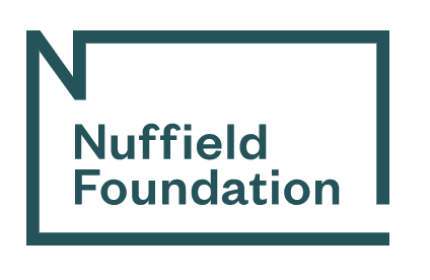For the past six years, the Nuffield Foundation has funded a major programme of workOpens in a new window by the Institute for Fiscal StudiesOpens in a new window, monitoring and analysing funding arrangements and expenditure across all phases of the education system. A vast array of briefing papers and other outputs from this project are now gathered on the programme’s microsite. The site is an authoritative source of data, analysis and insight on all aspects of funding, with deep dives into specific, high-priority and timely issues. At its heart are the set-piece annual reports that enable policymakers, educators, researchers and the wider public to look at the whole education landscape, and to understand the latest changes and trends.
This year’s reportOpens in a new window is – as ever – comprehensive, investigative and eye-opening. It is very hard to select headline findings and messages from an overwhelming choice on offer, but panning out to look at the big issues four might be highlighted.
First, the fact that costs in schools and other educational providers perennially run ahead of general inflation mean that ostensible increases in funding continue not to be reflected in real budgets or actual provision. This is in a context in which spending on education as a proportion of national income has dropped substantially from its peak in 2010. It explains why the view from the chalk face always feels more austere than that from the Chancellor’s desk in the Treasury.

